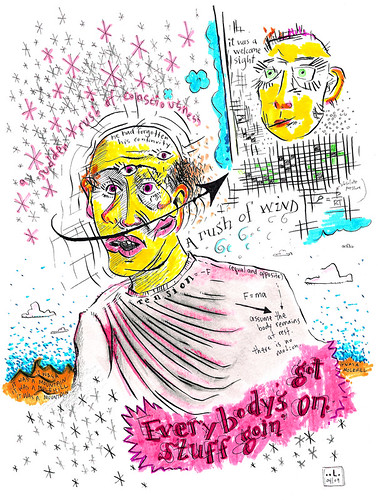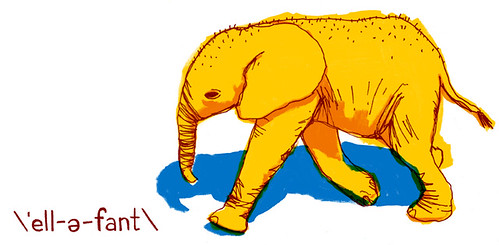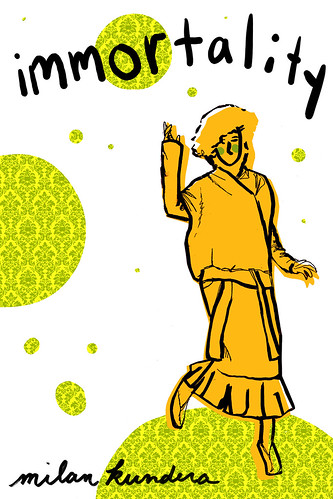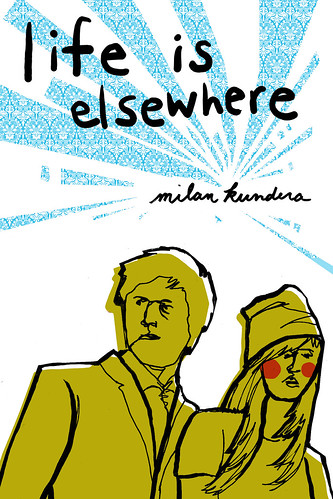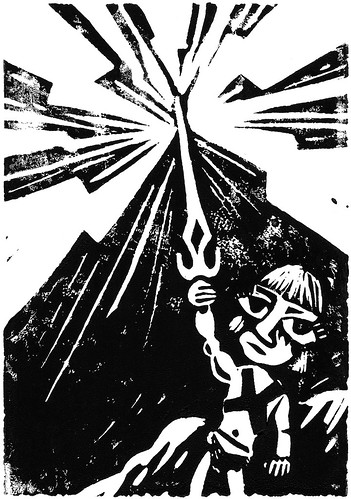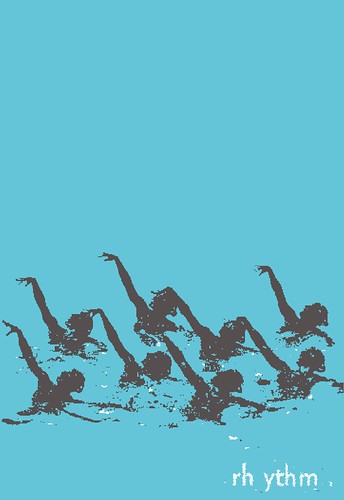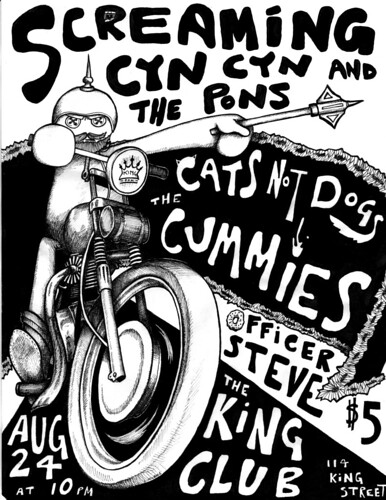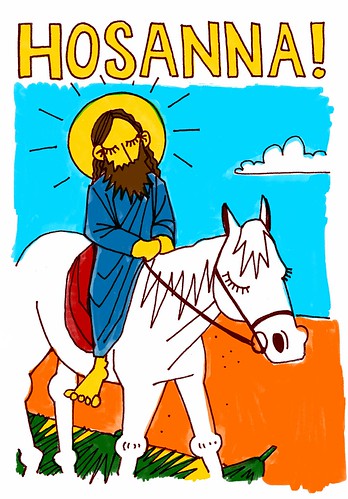I also will be taking an intensive portfolio class this summer with Genevieve Williams, which I'm super excited and also extraordinarily terrified about. I think it'll be good for me, though. Really really good for me.
But for this, I have to start figuring out some sort of thesis topic. So... here goes. (Please forgive me; I haven't written anything longer than a few sentences in a while)
Proposal: For my thesis I am interested in exploring the relationship between words and pictures (and symbols), and through doing this I hope to explore the relationship between logic and emotions. Personally, I do not feel that the separation between logic and emotions is as clear cut as many like to pretend it is and because of this, I am drawn to the areas where logic and emotion seem to overlap. Particular areas that I'd like to explore are visual symbols and the creation of a purely visual logic, the use of logic/science to create something expressionistic/emotional/subjective, and the idea of a whole language that can express thoughts and emotions simultaneously and effectively.
Inspiration: As someone who has a degree in mechanical engineering but who is compelled to create art, I often find myself trying to figure out why this is. In school, I was often poked fun at for being too "artsy" as an engineer but I felt too "scientific" to be just an artist. I guess the first thing that really got me thinking about the way our society tends to divide things into dualities was Kundera's The Unbearable Lightness of Being. Later on, I read Zen and the Art of Motorcycle Maintenance which really got me thinking about the "classical" vs. the "romantic" mindset (as Pirsig put it). Over the past several years, I've put a lot of thought into the matter and often find myself drawn to reading books on Objectivism vs. Relativism and how to resolve the two philosophically. But this curiosity all comes back to trying to resolve the two within myself. So this is a personal topic, but something that has a larger basis and goes back thousands of years (Plato and Aristotle).
I am inspired by many people. Numerous philosophers. Robert M. Pirsig. Marvin Minsky. Also, artists such as Natalia Goncharova, Cy Twombly, etc. My inspirations are too numerous to name all at once. I will be sure to name them when the specifics come, though. For now, here are a few examples:
I disagree with them about cycle maintenance, but not because I am out of sympathy with their feelings about technology. I just think that their flight from and hatred of technology is self-defeating. The Buddha, the Godhead, resides quite as comfortably in the circuits of a digital computer or the gears of a cycle transmission as he does at the top of a mountain or in the petals of a flower. To think otherwise is to demean the Buddha--which is to demean oneself.
-Robert M. Pirsig - Zen and the Art of Motorcycle Maintenance
and
There is an uneasiness that has spread throughout intellectual and cultural life. It affects almost every discipline and every aspect of our lives. This uneasiness is expressed by the opposition between objectivism and relativism, but there are a variety of other contrasts that indicate the same underlying anxiety: rationality versus irrationality, objectivity versus subjectivity, realism versus antirealism. Contemporary thinking has moved between these and the other, related extremes. Even the attempts that some have made to break out of this framework of thinking have all too frequently been assimilated to these standard oppositions.
There are, however, many signs that the deep assumptions, commitments, and metaphors that have shaped these oppositions, and from which they gain their seductive power, are being called into question. For along with the disquietude that is provoked by these extremes, there is a growing sense that something is wrong with the ways in which the relevant issues and options are posed--a sense that something is happening that is changing the categorial structure and patterns within which we think and act--a sense that we have an urgent need to move beyond objectivism and relativism.
-Richard J. Bernstein - Beyond Objectivism and Relativism: Science, Hermeneutics, and Praxis
Planning:
Three ideas I'd like to explore:
1) visual symbols and the creation of a purely visual logic
2) the use of logic/science to create something expressionistic/emotional/subjective
3) the idea of a whole language that can express thoughts and emotions simultaneously and effectively
As for pieces/plans of how to do this... I have no . clue . .
All I have are vague thoughts... maybe make some posters for the first two? Some book for three that combines all? I was going to research the futurists and dadaists (typography, specifically) and see if I could get some inspiration from there. Maybe see what I can find on Bauhaus Totaltheatre and Man/Machine? Otherwise... I don't know.
I always bite off more than I can chew. But, to be fair, I've been trying to tackle this idea for years now in various forms. I think it's one of the reasons I'm really drawn to both comics and kinetic sculptures. At least it's a start? Also, that zine I did in intermediate graphic design was a first step in exploring some of these things.





